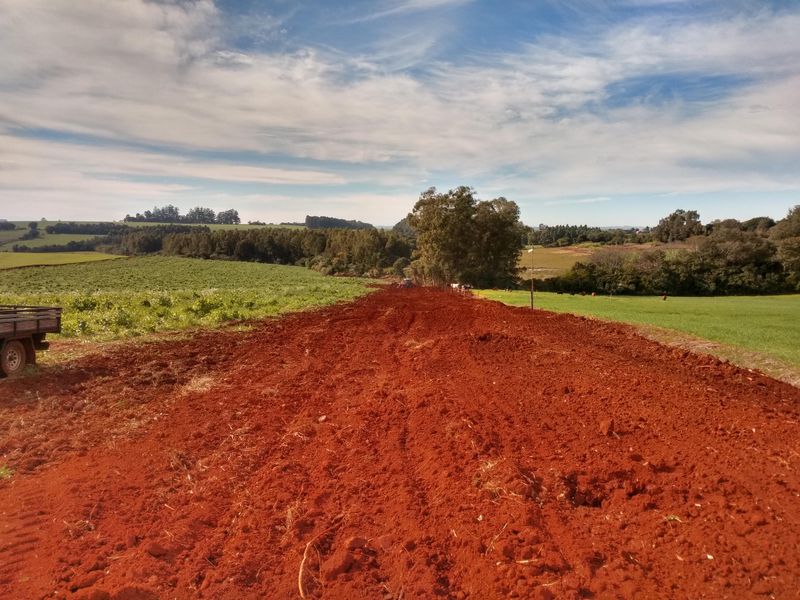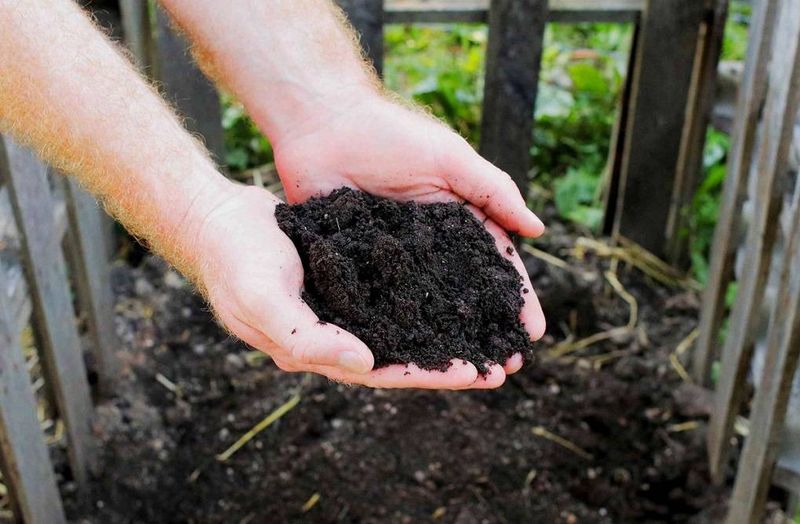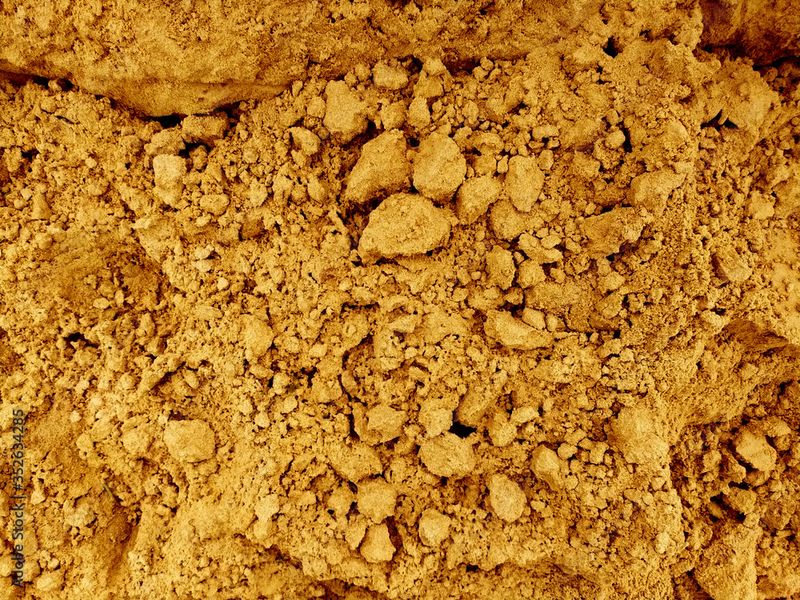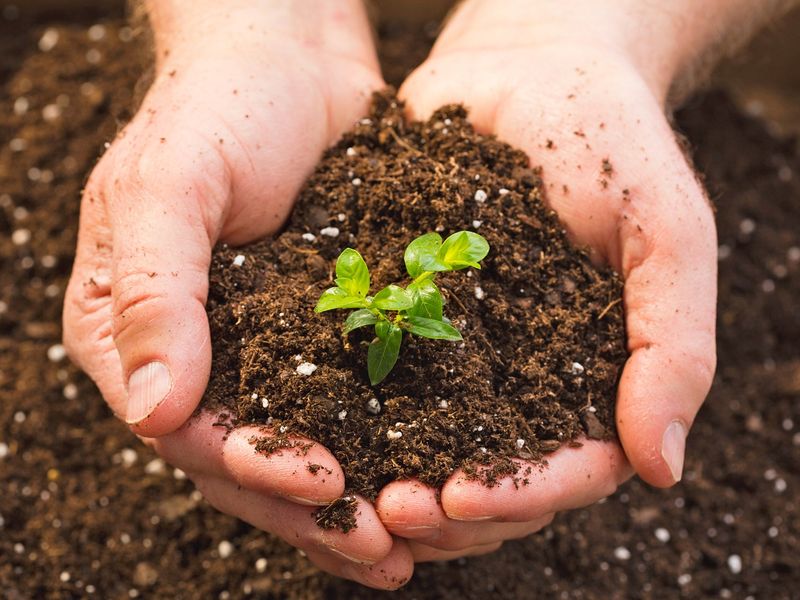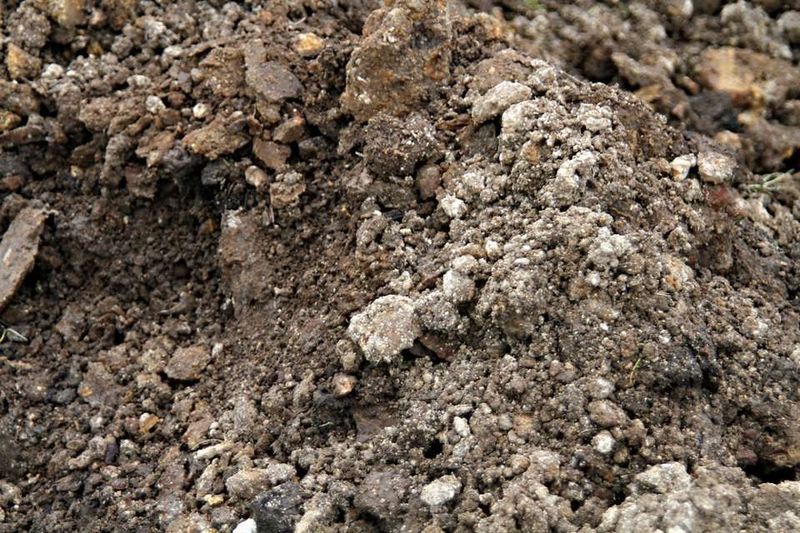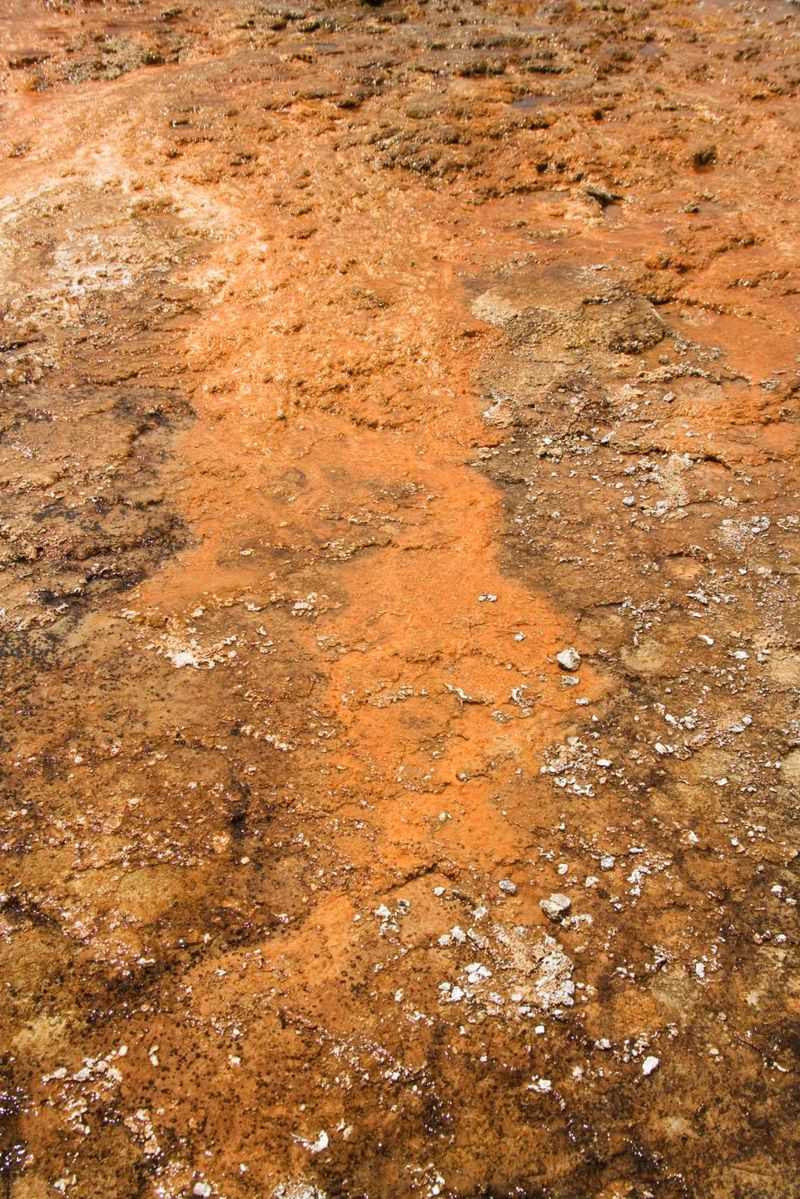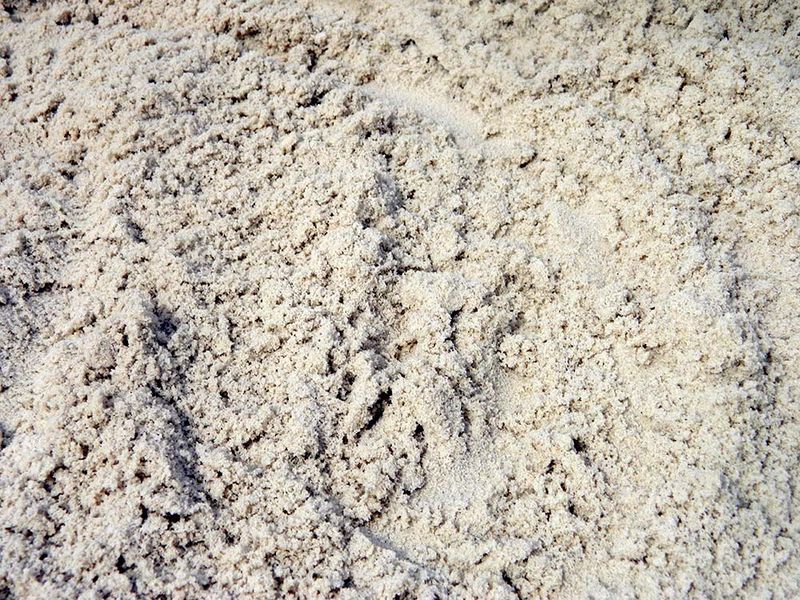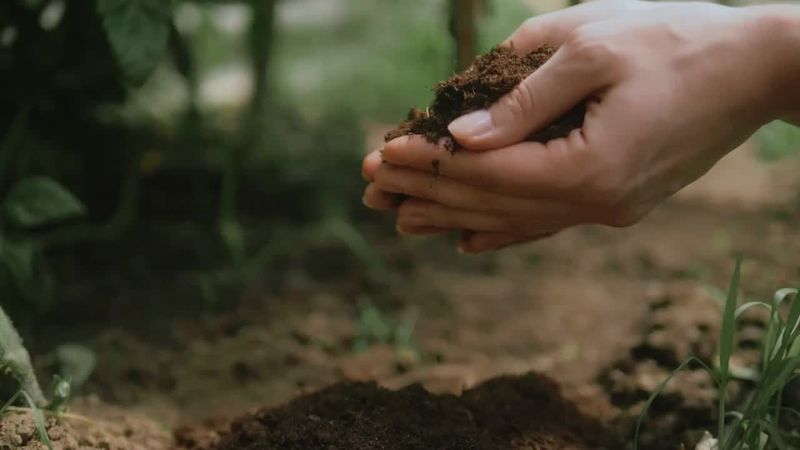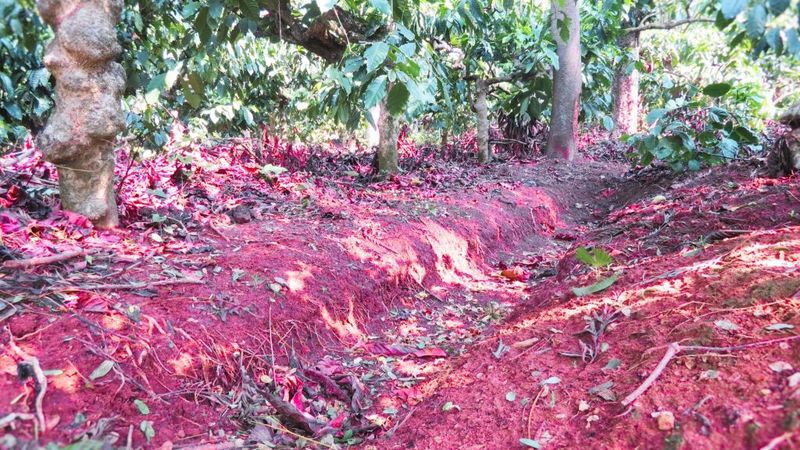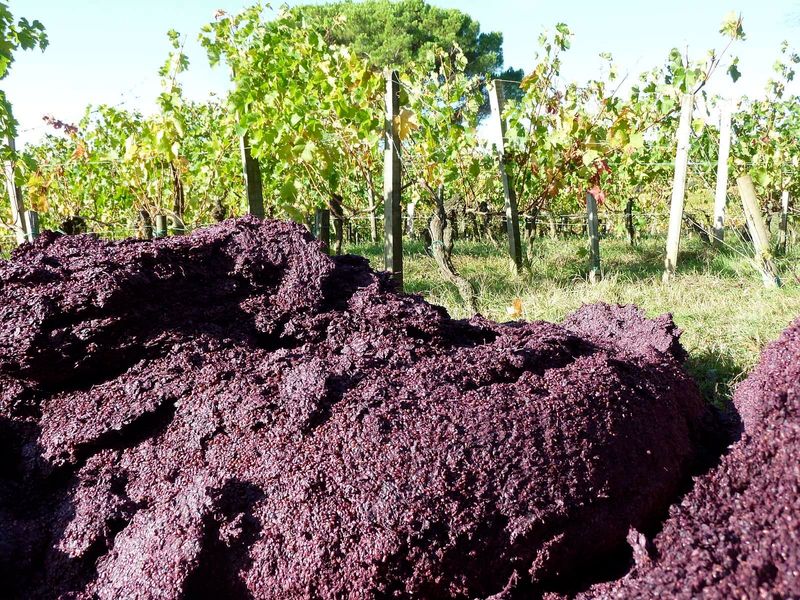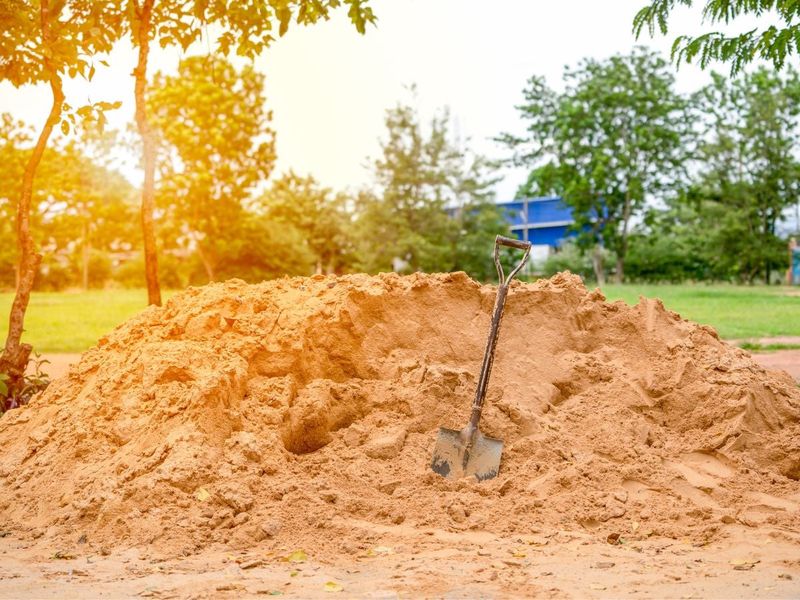Exploring the fascinating world of garden soil colors can reveal much about the health and potential of your garden. Each shade holds secrets to plant nutrition and can guide you in optimizing soil care.
Understanding these colors can empower you to make informed gardening decisions, enhancing both beauty and productivity in your garden. Join us as we uncover 13 eye-opening facts about soil colors, along with some hidden gardening tips you’ll absolutely love.
1. The Mystery of Red Soil
Red soil, often rich in iron, presents a vibrant hue that gardeners find both intriguing and telling. The presence of iron oxides in the soil not only gives it its distinct color but also indicates good drainage, which is often beneficial for certain types of plants.
It’s fascinating how this soil holds moisture without being waterlogged. This makes it perfect for crops like cotton, wheat, and pulses. However, it may require additional nutrients to support more demanding plant varieties.
Did you know? Historical farming communities have thrived on red soils, adapting their cultivation practices to suit its unique characteristics.
2. Black Soil Secrets
Black soil, often called “chernozem,” is a gardener’s delight due to its high fertility levels. This soil color often indicates abundant organic matter, making it exceptionally nutrient-rich and ideal for growing a variety of plants.
Known for retaining moisture, black soil supports crops like soybeans, wheat, and corn. However, it might require proper drainage management to prevent water retention issues.
Fun fact: Black soil is a cornerstone of agricultural areas in regions like Ukraine, where it contributes significantly to the country’s breadbasket reputation.
3. The Allure of Yellow Soil
Yellow soil, with its cheerful appearance, often signals the presence of iron oxide and poor drainage. While not naturally fertile, yellow soil can be improved by adding organic matter and ensuring proper drainage.
This soil type is commonly found in warm climates and can be perfect for growing sun-loving plants like sunflowers and citrus trees.
By enhancing its structure with compost, gardeners can turn this seemingly barren soil into a productive garden bed. Did you know? Ancient civilizations often used yellow soil as natural pigments in art and pottery.
4. Brown Soil Basics
Brown soil is perhaps the most common and straightforward soil color, signifying a balanced mix of minerals and organic material. It often indicates a neutral pH, making it versatile for a wide range of plant species.
This soil’s structure supports good aeration and drainage, essential for healthy root growth. Enhancing it with organic compost can further improve its fertility.
Interesting to note: Brown soil’s color can vary based on moisture content, becoming darker when wet, which can help gardeners gauge soil moisture at a glance.
5. The Charm of Grey Soil
Grey soil might look dull, but it’s often found in regions with poor drainage or high salt content. This color indicates low organic matter and can be a challenge for typical garden plants.
However, it’s ideal for native plants that have adapted to harsh conditions, such as succulents and cacti.
To make the most of grey soil, consider using raised beds or containers to improve drainage and adding gypsum to reduce salt levels. Fun fact: Coastal gardens frequently feature grey soil, showcasing beautiful salt-tolerant species.
6. Orange Soil Wonders
Orange soil, bright and bold, often contains iron hydroxides and signals heavy clay content. This type of soil can pose challenges in terms of drainage and root penetration.
Gardeners dealing with orange soil might need to employ techniques like raised beds or soil amendments to improve its structure. However, it’s excellent for pottery and brick-making due to its clay properties.
Pro tip: Mixing in sand or organic materials can help break up the clay and enhance soil aeration, turning an obstacle into an opportunity for plant growth.
7. Understanding Blue Soil
Blue soil is a rare and intriguing sight, often indicating anaerobic conditions or the presence of certain minerals like glauconite. This soil typically forms in waterlogged areas where oxygen is limited.
While not ideal for most garden plants, blue soil can be a sanctuary for wetland species and certain aquatic plants.
Gardeners interested in cultivating a water garden or bog plants can find blue soil to be a unique asset. It’s a reminder of the diversity of soil colors and their ecological niches.
8. White Soil Insights
White soil, often found in arid regions, signals high salt content or the presence of gypsum and calcium carbonate. This soil can be particularly challenging for gardeners due to its low fertility and poor water retention.
Nevertheless, it supports unique plant life adapted to saline conditions, such as certain desert flora.
By utilizing soil amendments and selecting salt-tolerant plant varieties, gardeners can transform this challenging landscape into a thriving environment. Did you know? White soils are often studied for clues about ancient climate conditions.
9. The Depth of Green Soil
Green soil, often containing minerals like glauconite, is a rare find and usually presents in specific geological areas. This hue indicates a high mineral content and possible waterlogged conditions.
Such soil might not be conducive for standard garden plants, but it can support specific mosses and wetland species.
For gardeners interested in creating a pond or water feature, green soil can offer a natural base. Fun fact: In some regions, green soil is harvested for its mineral properties, used in fertilizers and soil conditioners.
10. The Nature of Mauve Soil
Mauve soil is a surprising and visually appealing type, often containing certain mineral compositions that give it its unique coloring. Though not widespread, it can be found in areas with high mineral deposits.
This soil’s aesthetic appeal makes it a lovely backdrop for ornamental gardening, particularly with matching hues such as lavender and heather.
While it may not be naturally fertile, the addition of organic matter and targeted fertilizers can enhance its productivity. Mauve soil reminds us of the beauty and diversity within our earth.
11. The Appeal of Pink Soil
Pink soil, a rare and whimsical sight, often arises from the presence of quartz or certain mineral mixes. It offers a charming aesthetic for gardeners looking to create visually striking garden spaces.
This type of soil, while beautiful, may lack nutrients essential for plant growth, necessitating regular soil amendments.
Gardeners can embrace its unique color by planting contrasting blooms like white or blue flowers, enhancing the visual appeal. Fun fact: In some cultures, pink soil is linked to legends and myths due to its unusual appearance.
12. Exploring Purple Soil
Purple soil, an exotic find, often contains manganese or certain iron compounds contributing to its color. This soil can be fertile but may require pH adjustments for optimal plant health.
Vineyards, particularly those growing certain grape varieties, can thrive in this environment, benefiting from the mineral content.
Gardeners should consider testing the soil regularly to balance nutrients and pH levels. Did you know? Purple soil is historically significant in various wine-producing regions, adding to its allure and mystery.
13. Golden Soil Opportunities
Golden soil, with its sunny appearance, often indicates a sandy texture and excellent drainage. This type of soil is ideal for building naturalistic landscapes that include native grasses and wildflowers.
While not inherently nutrient-rich, golden soil can be improved with organic matter, supporting a diverse range of plants.
Gardeners can harness its quick-draining properties to cultivate drought-tolerant species. Did you know? In some regions, golden soil is prized for its use in ecological restoration projects, promoting biodiversity and resilience.

